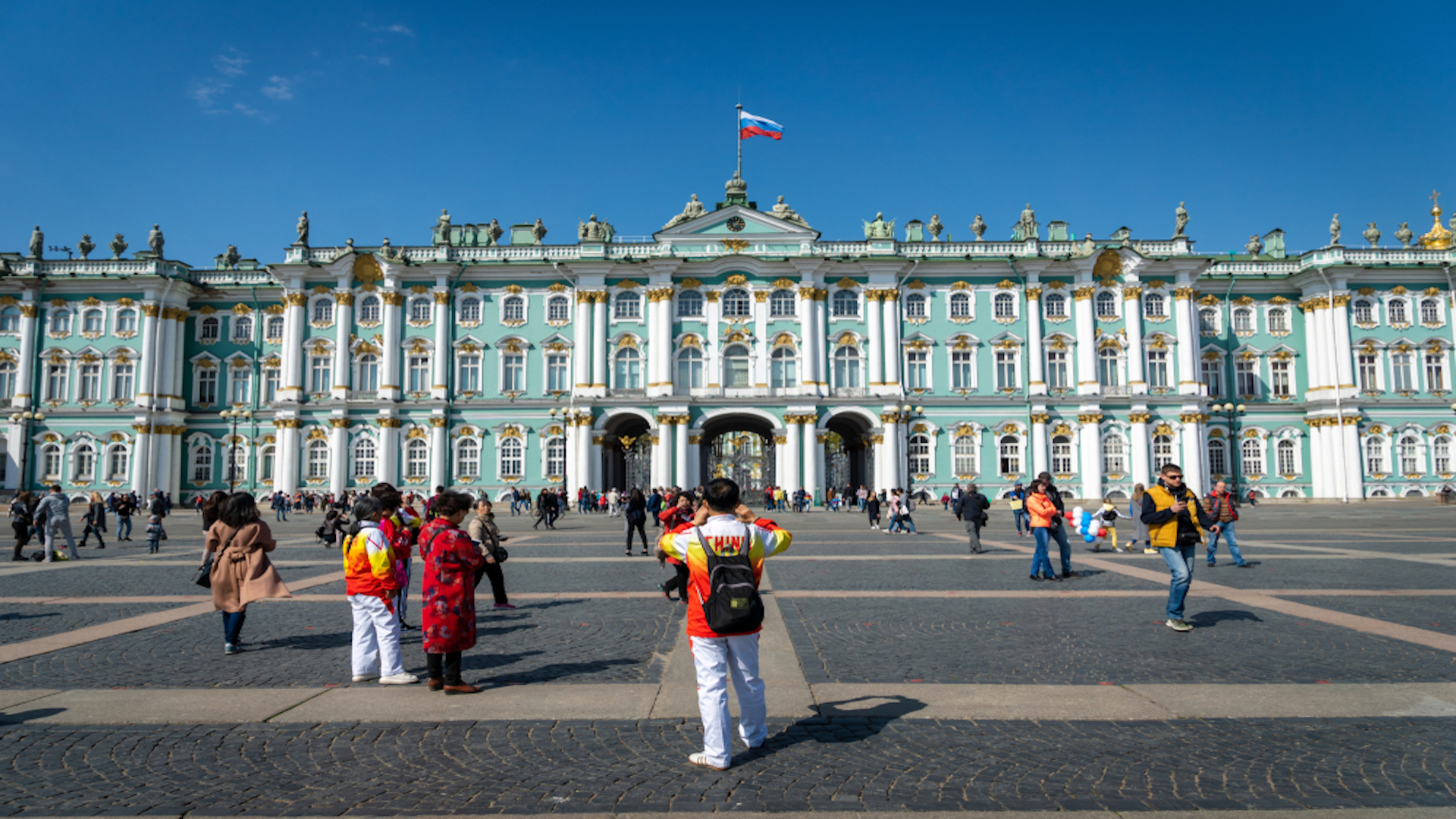In 1949 and 1957, Chairman Mao Zedong made his solitary overseas outings in sojourns to the Soviet Union. The visits were challenging geopolitically and personally; Mao endured a frosty relationship with his comrade to the north, Joseph Stalin, and complained privately of his distaste for Western-style beds and bathrooms. Nonetheless, these discomforts were overcome for the sake of stabilizing China’s economic and military future.
Despite wildly fluctuating Sino-Russian relations over the past 70 years, the countries have currently forged a golden moment, thanks to Vladimir Putin’s pivot to Asia and President Xi Jinping visiting the Kremlin eight times in the past the decade. While their deepening economic cooperation —including this month’s $55 billion pipeline — has dominated headlines, efforts have also significantly improved cultural tourism.
Russia’s Tourism Agency now waives visas for Chinese tour groups that are led by an official guide, the city of St. Petersburg just introduced electronic visas for individual visitors from China, and Chinese language signage occupies Russia’s airports, shops, and cultural destinations. And, lo and behold, these China-friendly initiatives are working: 1.3 million Chinese visitors will visit Russia by the end of 2019, a year-on-year increase of 60 percent.
Exploring Russia’s cultural heritage sites features heavily on Chinese itineraries and colored baseball caps and flag-toting guides (longstanding icons of Chinese tour groups) have become common sights in Moscow’s Red Square, St. Petersburg’s Hermitage Museum, and the former Imperial residence of Tsarskoye Selo. The burgeoning popularity of a Russian vacation is being aided by these cultural institutions’ China-smart maneuvers. Moscow’s tourism committee launched platforms on a host of Chinese social media this autumn, the Hermitage Museum is looking to digitize its collection via search-engine giant Baidu, and Alipay has had a presence in the country since 2017 that is now expanding across airport duty-free stores, museums, and ticket offices.
Tellingly, St. Petersburg’s museums anticipate visitation numbers to increase by 20 percent over the foreseeable future, and Chinese tourists are an indivisible element of such growth.
While the influx of Chinese tourist spending is welcome in a country that has experienced the throes of a recession for over a decade, the ubiquitous presence of China’s tour groups has been less well-received. Deputy culture minister in Russia, Alla Manilova, recently warned of a “red danger level,” as the multitudes of Chinese tourists create hours-long lines and hinder domestic visitors from enjoying these same sites.
Some quarters are even advocating for the creation of separate visitation days for foreigners. Irrespective of the culture ministry’s precise remedy, one point does seem clear; Russia is building an increasingly China-friendly tourism industry and must avoid the pitfalls of Sinophobia if this cultural bromance is to continue to blossom.



